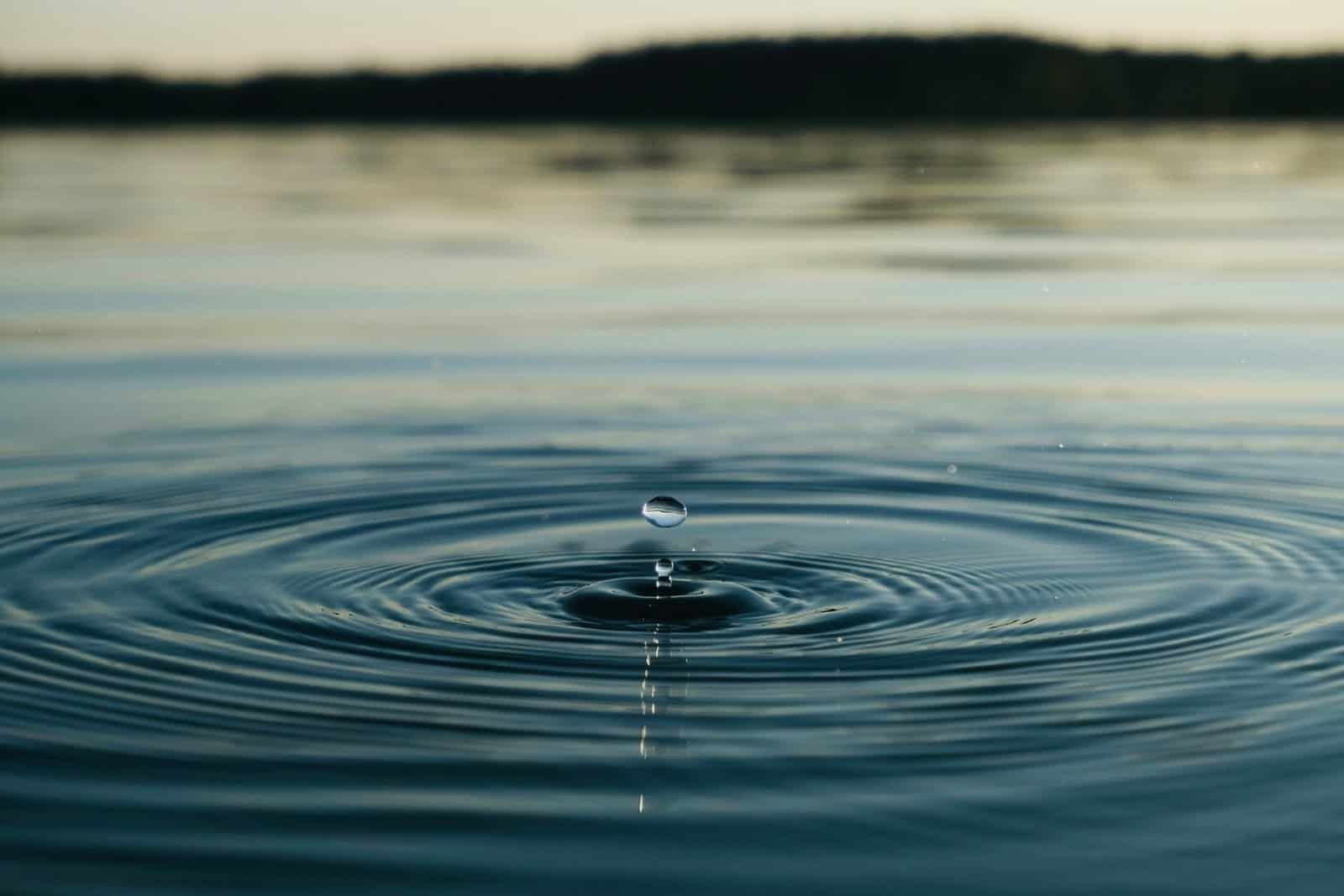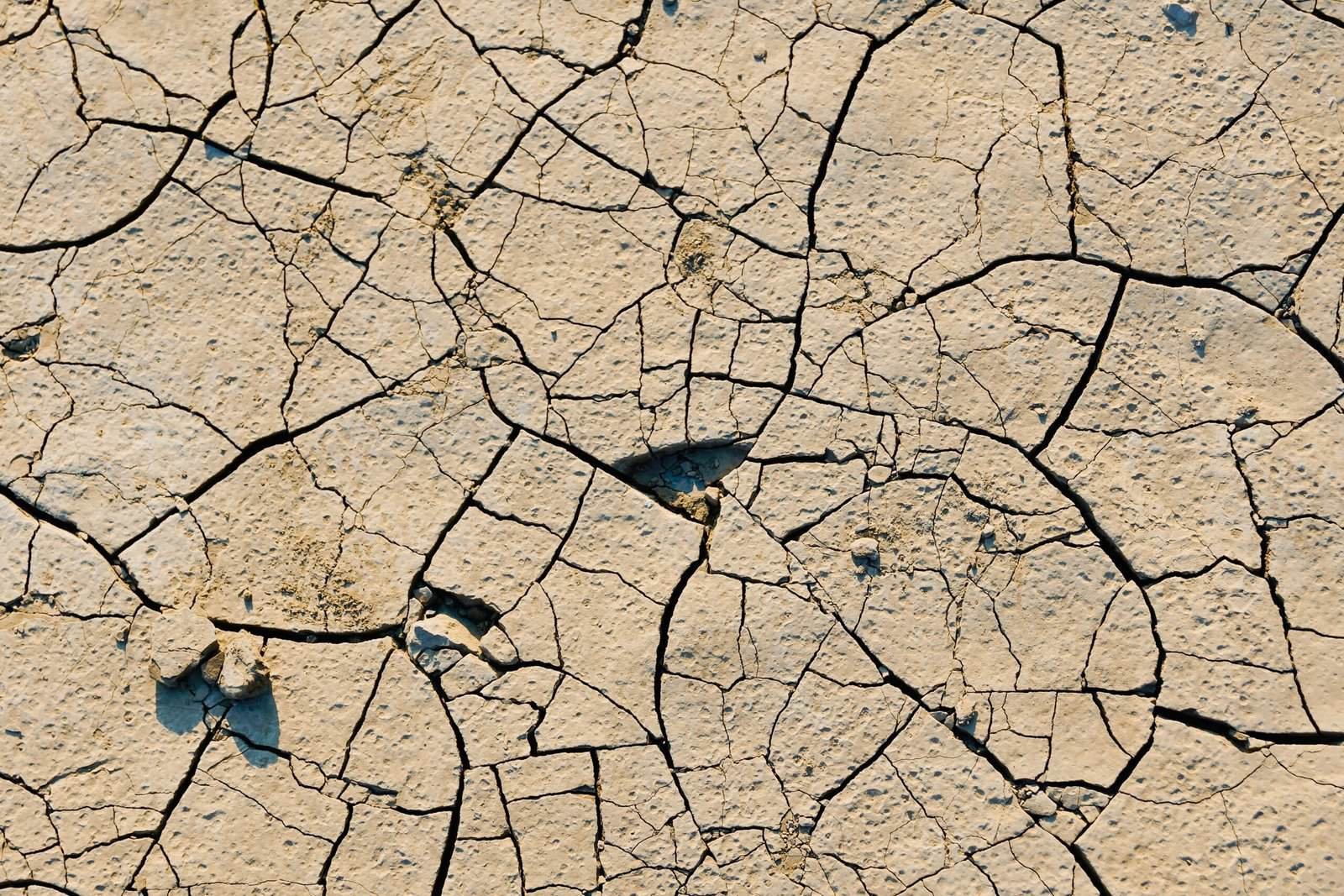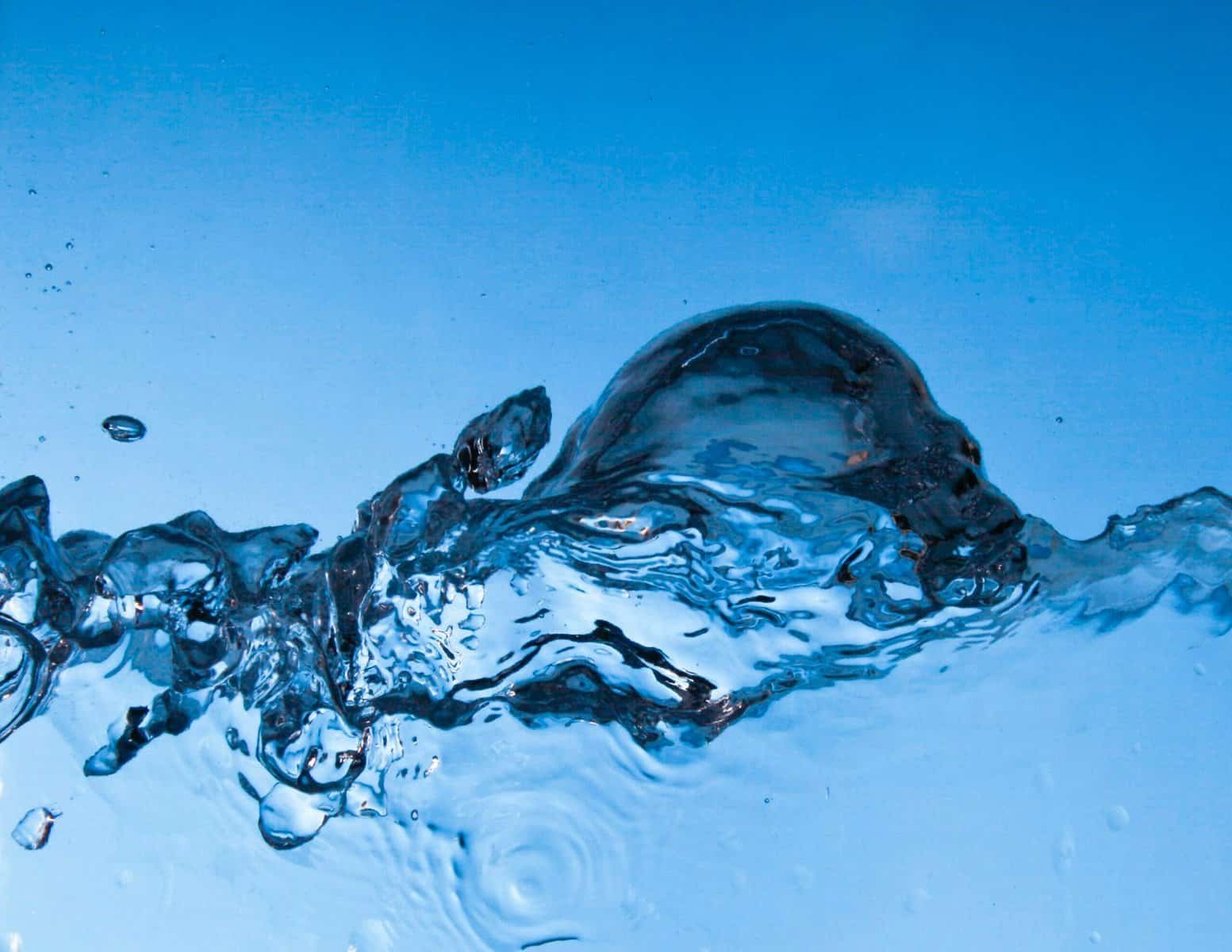Have you ever wondered where you can find data on local groundwater contamination risks? It’s a significant concern, particularly in areas where groundwater serves as a primary source of drinking water. Understanding and accessing this information is crucial for public health, environmental protection, and informed community decisions.

Understanding Groundwater and Its Importance
Before diving into the sources of data, let’s first understand what groundwater is and why it’s so vital. Groundwater is the water located beneath Earth’s surface in the soil pore spaces and in the fractures of rock formations. It’s a critical component of the Earth’s water cycle and supports human consumption, agricultural needs, and natural ecosystems.
Why Is Groundwater Contamination a Concern?
Groundwater contamination occurs when pollutants are released to the ground and make their way down into groundwater. It can have severe implications for health, agriculture, and the environment. Contaminated groundwater can pose risks through ingestion, inhalation of evaporated gases, and dermal contact in some settings.
Sources of Groundwater Contamination
To effectively seek out data, it helps to be aware of the common sources of groundwater contamination. Here’s a breakdown of major sources:
Agricultural Activities
Pesticides, fertilizers, and animal waste can seep into the groundwater. These substances contain nitrates and other compounds that are harmful if consumed.
Industrial Waste
Manufacturing and industrial processes may release hazardous chemicals and heavy metals, contaminating groundwater. Proper waste disposal and regulation help mitigate this risk, but lapses can occur.
Landfills
Improperly managed landfills can leak pollutants into the groundwater supply. Chemicals from household waste, electronics, and various debris contribute to contamination.
Septic Systems
Faulty septic systems can release untreated wastewater, which may carry pathogens and chemicals that contaminate groundwater.
Urban Runoff
Runoff from roads and urban areas can carry a mix of pollutants, including oil, heavy metals, and chemicals, into groundwater sources.
Identifying Your Local Groundwater Sources
Knowing where your local groundwater sources are located can guide your search for data on contamination risks. Groundwater sources are typically classified into aquifers, which are bodies of permeable rock that can contain or transmit groundwater.
How to Find Your Aquifer
You can start by contacting local or state environmental agencies, which can provide maps and data about aquifer locations in your area. Often, these agencies have online resources where you can view detailed maps.
Local Water Utility
Your local water utility can provide information about the groundwater sources used for public water supply and insights into any known contamination issues.
Reliable Sources for Groundwater Data
Now, onto how and where you can access this precious data. Several reliable sources can provide you with accurate and comprehensive information regarding local groundwater contamination risks:
Federal Agencies
The Environmental Protection Agency (EPA) is a leading source for information regarding groundwater contamination. They offer resources and data through their Office of Groundwater and Drinking Water.
U.S. Geological Survey (USGS)
The USGS provides scientific data about natural resources and the environment, including groundwater information. Their website hosts a wealth of data, including the National Water Information System (NWIS).
| Agency | Website | Types of Data |
|---|---|---|
| EPA | epa.gov | Pollution reports, regulation updates |
| USGS | usgs.gov | Water quality and quantity data |
State and Local Resources
Many states have their own environmental protection departments or agencies that monitor and report on groundwater quality. Check with your state’s Department of Environmental Protection or Department of Health for localized reports.
Universities and Research Institutions
Academic institutions often conduct research and provide access to studies and data concerning groundwater contamination. If you’re near a university with an environmental science department, consider reaching out for insights.
Non-Governmental Organizations (NGOs)
NGOs frequently engage in research and advocacy around environmental issues, including groundwater contamination. They can be a source of independent reports and campaigns related to local risks.

How to Interpret Groundwater Data
Accessing data is just the first step. Understanding what the data means is crucial for assessing risks and making informed decisions.
Key Metrics to Monitor
- Nitrate Levels: High nitrate levels indicate contamination from fertilizers.
- Heavy Metals: Presence of metals like lead and arsenic is a red flag.
- Volatile Organic Compounds (VOCs): Used in industrial processes, these should be minimized.
- Pathogens: Bacterial and viral pathogens can indicate contamination from sewage or animal waste.
Understanding Data Reports
When you receive a data report, look at the concentration levels of different substances and compare them with standards set by agencies like the EPA. Reports often include historical data to help you see trends and changes over time.
Steps to Take When Contamination is Detected
If your local groundwater is contaminated, or if there’s a significant risk, you’ll need to take specific actions to mitigate impact and protect community health.
Short-Term Actions
- Use bottled water for drinking and cooking.
- Install water filtration systems designed to remove specific contaminants.
- Inform appropriate authorities if you suspect that not all sources are aware of the contamination.
Long-Term Solutions
- Advocate for stricter industrial regulations and better waste management practices.
- Support local and national policies aimed at reducing agricultural runoff.
- Engage in community planning efforts to prevent future contamination.

Community Involvement and Advocacy
Being informed allows you to engage with your community effectively to address groundwater contamination. Here’s how you can get involved:
Organize Community Meetings
Hold discussions to share data and resources with community members. These forums can discuss possible solutions and actions to tackle groundwater contamination.
Collaborate with Local Groups
Join environmental groups focused on water issues. Working with others can amplify your voice and effectiveness in advocating for clean groundwater.
Utilize Social Media
Utilize social media to spread information and bring attention to local groundwater issues. Engaging on platforms can gather more support and push for change.
Leveraging Technology for Monitoring
In today’s digital age, technology offers new tools for monitoring groundwater quality.
Mobile Apps
There are apps available that can help track water quality data and share information on contamination events.
Online Monitoring Platforms
Some platforms collect and visualize water quality data, providing real-time updates. These can be useful for ongoing monitoring and community reporting.

Educational Resources
Expanding your knowledge base on groundwater can empower you to make more informed decisions.
Online Courses
Consider enrolling in courses related to hydrology, environmental science, and water management. Many universities offer these online for free or at a small fee.
Informational Websites
Several websites are dedicated to educating the public about groundwater issues. They provide glossaries, FAQs, and in-depth articles on related topics.
Conclusion
Finding data on local groundwater contamination risks doesn’t have to be an overwhelming task. With numerous resources available online and in your community, you can access, interpret, and act on this information effectively. By understanding groundwater, identifying contamination sources, and utilizing the data at your disposal, you empower yourself and your community to advocate for clean and safe water.
Is there more you wish to know about groundwater contamination risks in your area, or do you have any specific concerns or questions? Feel free to reach out to local experts or dive deeper into the resources mentioned here to broaden your understanding and take informed actions. With the right information and collaboration, you can make a positive impact on local environmental health.

